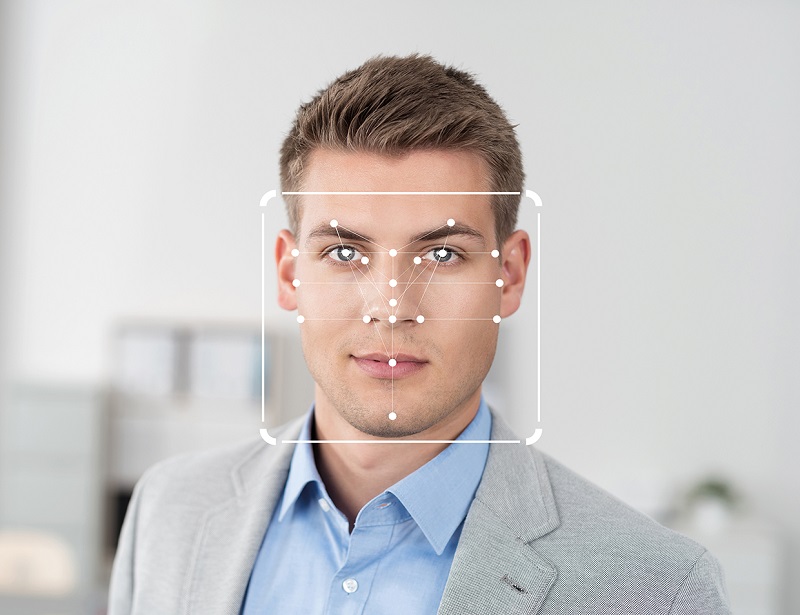Orlando to achieve US first with full international biometric boarding
12 June, 2018
3 min read


Orlando International Airport is to become the first airport in the US to fully deploy biometric technology across all international gates.
It expects to have the system operating across 64 boarding lanes and 30 international gates by October after inking a deal with technology company SITA to provide its Smart Path biometric technology.
The Greater Orlando Airport Authority announced in April that it would fully deploy the US Customs & Border Protection Biometric Entry and Exit program and use facial recognition technology for the arrival and departure of all international travelers.
The decision came after a successful trial of the technology for passengers boarding British Airways’ (BA) flights to the UK.
Read: mile-high Denver to see massive gate increase.
The system allowed BA to board flights of almost 240 customers in less than 15 minutes without the need for passengers to present boarding passes and passports. It also reduced processing delays for arriving passengers.delays
The contract with SITA to deploy the exit technology will see passengers look at a camera that compares a biometric template with historical images. Once verified, they are allowed to board.
“The innovative boarding process we tested is really popular with passengers,’’ GOAA chief information officer John Newsome said.
“They simply look at the camera and within seconds the gate opens and they can board the flight.
“It is easy, fast and most importantly, secure. The solution works on common-use boarding gates and can be easily used by the many international airlines that we serve at MCO.”
Passengers globally can expect to see more use of facial recognition technology to reduce bottlenecks as airports grapple with the strong growth in airline passenger numbers.
Airports Council International director-general Angela Gittings said during a recent visit to Australia that innovations such as off-airport processing and the use of biometrics would be a key to allowing airports to cope with the growth.
She said the technologies would establish smoother passenger flows and minimise the amount of space needed for queues.
“I think that some of the improvements that are being made are coming really fast,’’ she said. “Biometrics technology, I think, has moved light years in the last couple of years.”
SITA Americas president Diana Einterz said the decision by the Greater Orlando Airport Authority to adopt the biometric exit checks would deliver a simpler travel process for the airport’s six million annual international passengers.
Get the latest news and updates straight to your inbox
No spam, no hassle, no fuss, just airline news direct to you.
By joining our newsletter, you agree to our Privacy Policy
Find us on social media
Comments
No comments yet, be the first to write one.

